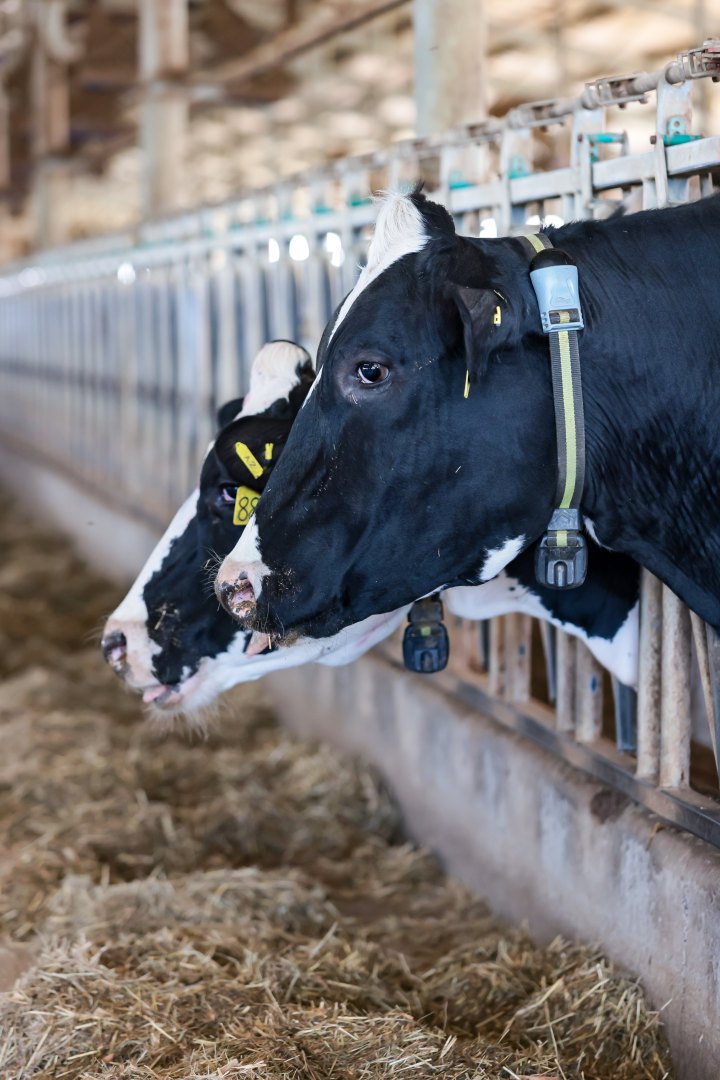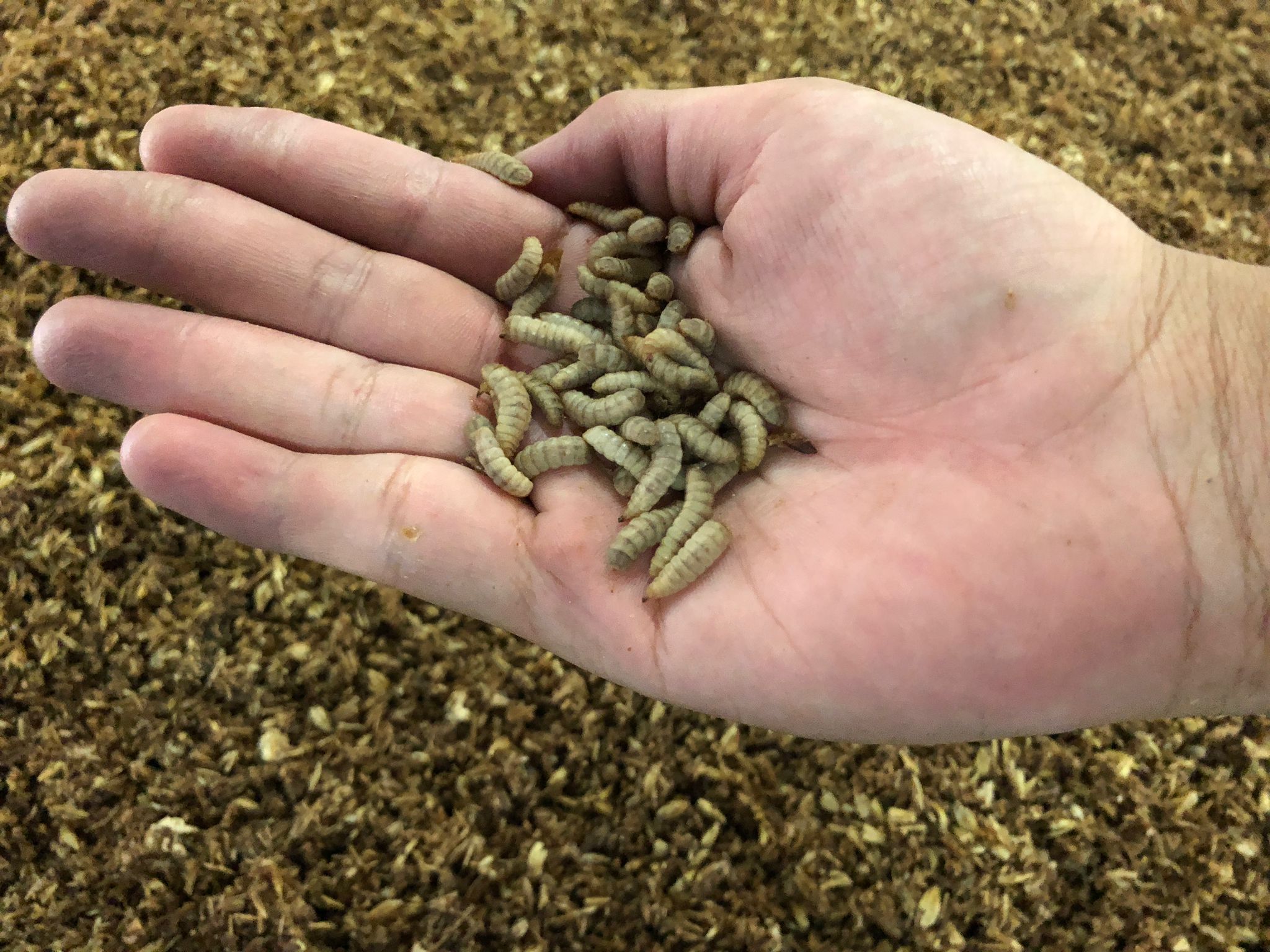Amidst the ranch area in Shuangcheng, Harbin is one of Nestle’s earliest dairy farming bases in mainland China. Founded in 2014, the Nestle Dairy Farming Institute (DFI) currently houses around 3,500 cows, with plans to produce 95 tons of fresh milk per day by 2027. DFI is undergoing a transformation to become a carbon-neutral ranch with a focus on reducing agricultural emissions.
Excessive burps and flatulence from cows are the main culprits of carbon emissions in ranches. One of the key approaches that Nestle is using to tackle this issue is optimizing cattle feed for enhanced nutritional content while minimizing carbon footprint. One of the main ingredients in the cows’ feed is corn, which is processed with manure to reduce the feed’s carbon footprint.
Nestle DFI also employs a dry-wet separation method for cow dung, recycling both liquid and dry parts for fertilization and bedding material respectively. Nutritional feed formulas and additives have also been customized to reduce fermentation in cows’ intestines, further reducing belching and flatulence.
Cows in the DFI ranch also wear a smart collar that monitors their health and well-being in real time. This data-driven approach allows for more efficient and eco-friendly cattle management, maximizing milk production while minimizing energy consumption and enhancing animal welfare.

Adopting regenerative agriculture practices
In 2020, Nestle released its Net Zero Roadmap, pledging to halve greenhouse gas emissions by 2030 and achieve net-zero carbon emissions by 2050. With two-thirds of Nestle’s carbon emissions originating from agriculture, reducing carbon emissions from agricultural activities will be crucial for Nestle to achieve its sustainability goals.
One of the key approaches the company has adopted is regenerative agriculture, which seeks to restore soil health and fertility while protecting water resources and biodiversity. In 2020, Nestle established a grains capacity center (GCC) as a testbed for regenerative agriculture. On GCC fields, soybeans are planted between rows of corn, and diverse crops like alfalfa and oats are planted around them.
This approach offers various benefits:
- Diversity: Planting soybeans between rows of corn introduces crop diversity. Corn is a heavy feeder on certain nutrients, while soybeans have a different nutrient requirement. This diversity can help improve soil health and reduce the risk of nutrient depletion.
- Nitrogen fixation: Soybeans are legumes and they have a symbiotic relationship with nitrogen-fixing bacteria in their root nodules. This means that they can capture nitrogen from the air and convert it into a form that other plants, including corn, can use. This reduces the need for synthetic nitrogen fertilizers, which can impact the environment.
- Weed suppression: Soybean plants can provide ground cover, helping to suppress weed growth between rows of corn. This reduces the need for herbicides and cultivation to control weeds.
- Crop rotation: Alternating between different crops like corn and soybeans can disrupt the life cycles of pests and diseases that specifically target one type of plant, reducing the need for chemical pest control.
Recent news about Nestle abandoning carbon neutrality targets for several of its products has garnered public attention. Zhang Qi, director of sustainable development for Nestle in the Greater China region, clarified that “Nestle remains unwavering in its commitment to achieving net-zero carbon emissions by 2050. … Our aim is to direct investments toward solutions and practices that reduce carbon emissions in the supply chain and operations, rather than relying on carbon offsetting. This will have the greatest impact on us achieving our net-zero carbon emissions goal.”
KrASIA Connection features translated and adapted content that was originally published by 36Kr. This article was written by Xue Xiaowan for 36Kr.

